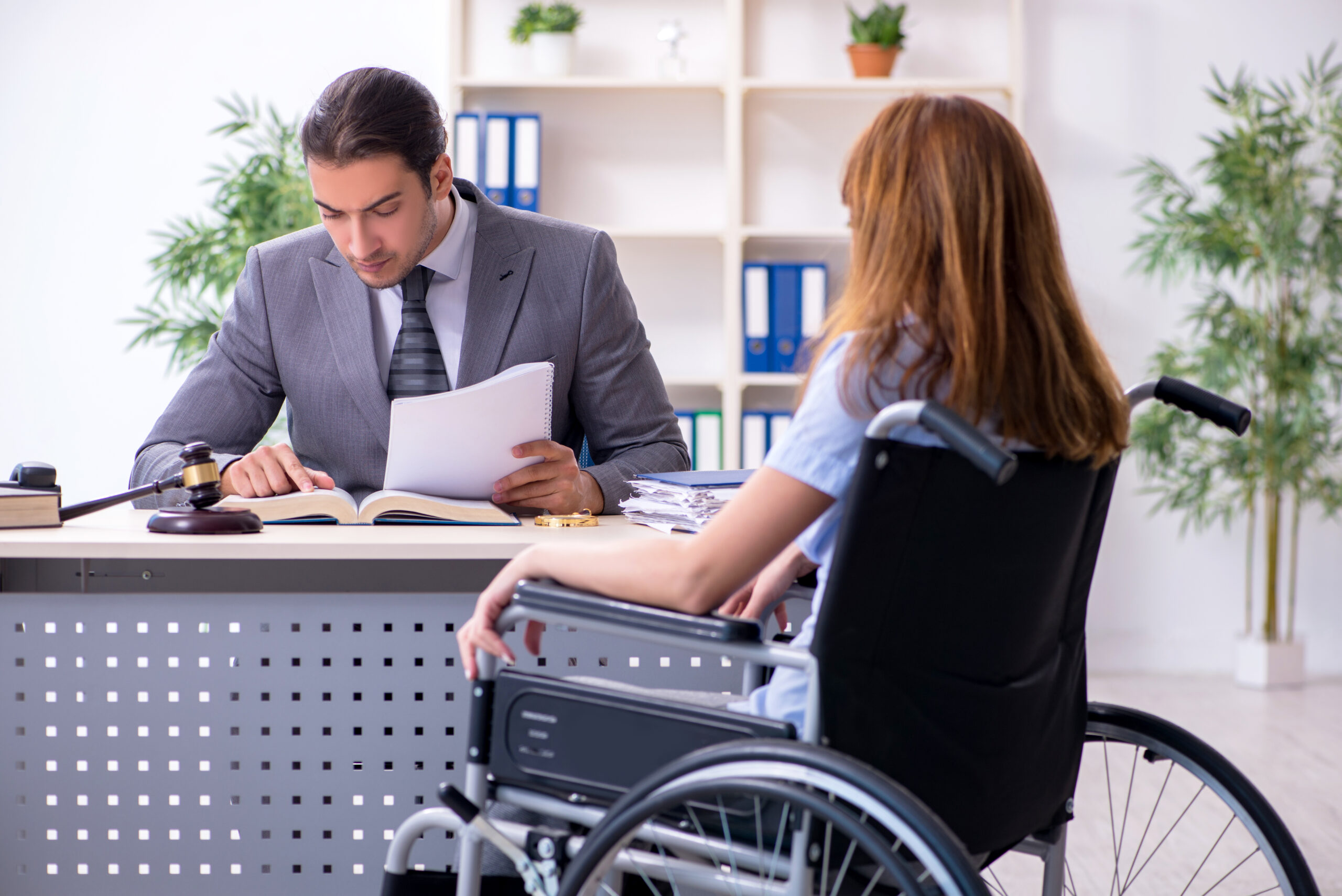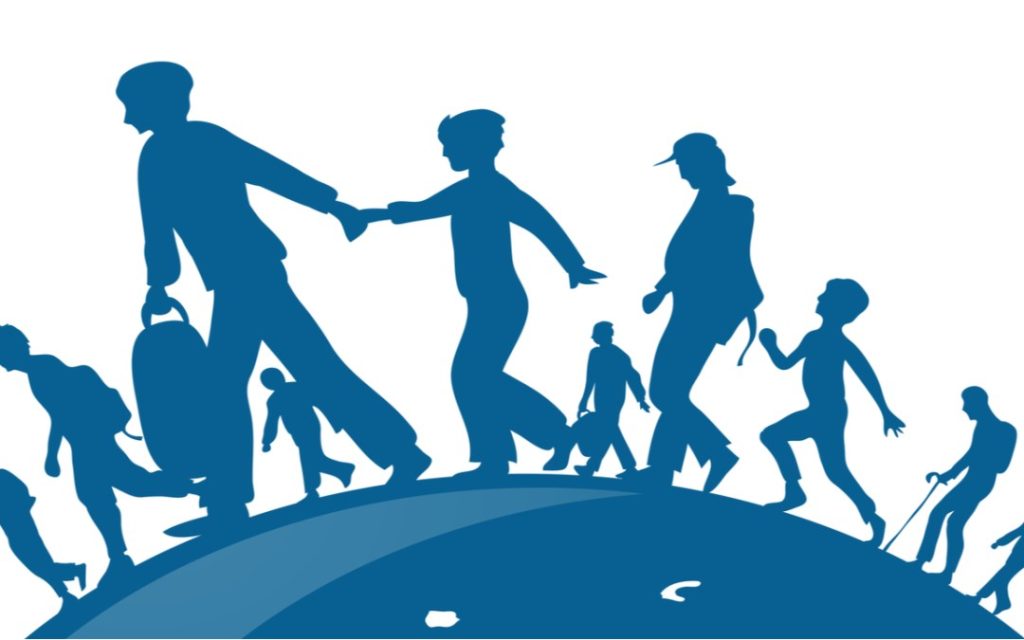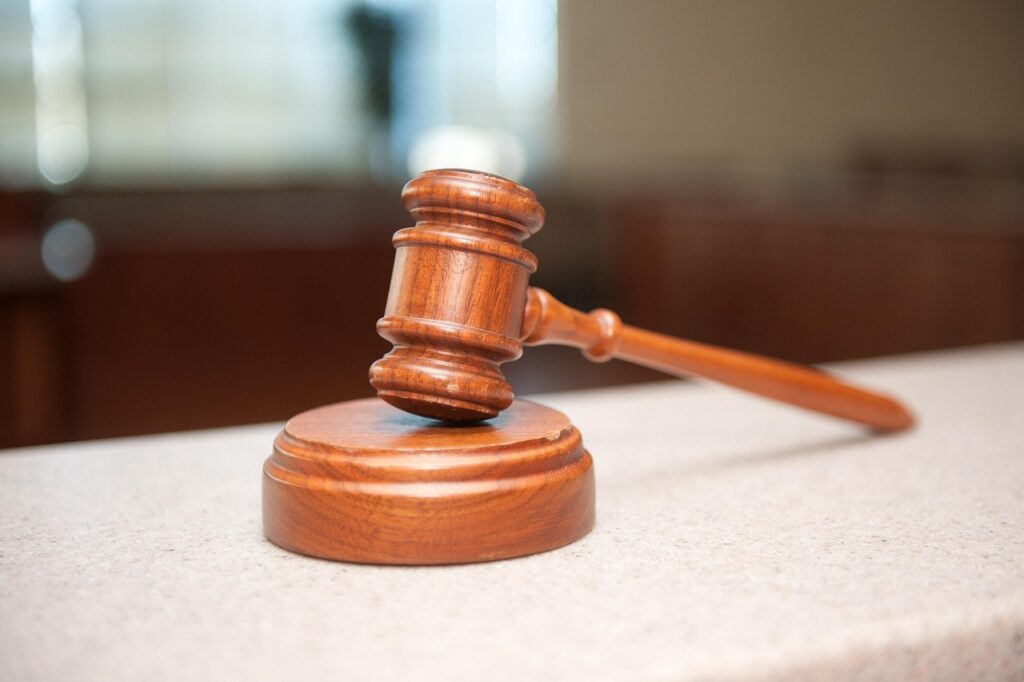Now Reading: 5 Key Factors That Impact Pedestrian Accident Claims
-
01
5 Key Factors That Impact Pedestrian Accident Claims

5 Key Factors That Impact Pedestrian Accident Claims
Pedestrian collisions are common, with thousands of incidents occurring each year. In a 2022 report, more than 8,000 people lost their lives in traffic crashes, and many more suffered severe injuries in the U.S. alone. These devastating events can have lasting consequences, from physical trauma to financial struggles. (1)
If you’re one of the pedestrian accident victims, you’ll likely have many questions in mind. Am I entitled to compensation for my injuries? What if the liable party refuses to cooperate? All these concerns are understandable. So, here’s a closer look at the factors that can impact a pedestrian accident claim.
1. Involved Party’s Negligence and Liability
The first thing that often comes to mind after a pedestrian accident is who’s responsible. In most cases, the driver is at fault. Their actions play a central role in determining liability. Common forms of their carelessness include:
- Using a phone or texting while on the road (distracted driving)
- Disregarding stop signs or red lights
- Not yielding at crosswalks
- Exceeding speed limits in pedestrian-heavy areas
- Driving under the influence of alcohol or drugs
Proving driver negligence can significantly strengthen your claim and increase the likelihood of getting fair compensation. Make sure to gather crucial evidence from the accident scene, such as traffic camera footage, witness statements, skid marks or debris, and the police report. These documents can establish that the other party breached their duty of care toward people on foot.
However, it’s vital to remember that sometimes pedestrians could be partially responsible. This is called comparative negligence. For example, if the plaintiff was jaywalking or not following traffic signals, both parties might share some blame.
If the pedestrian is found to be 20% at fault, the total claim would be reduced by the percentage. Of course, state rules may differ, so this is something to consider when filing a dispute.
2. Quality of Legal Representation
Behind every successful personal injury case is a skilled attorney. It’s in their hands whether you win or lose this life-altering battle.
Hire the most seasoned team—like those from Willens & Baez Personal Injury Lawyers, P.C. or other trusted local firm—and you increase your chances of receiving the appropriate compensation. But if you randomly pick a lawyer without considering their background, you may fall short of your expectations.
When choosing representation, look for the following factors:
- Proven results: A trustworthy legal team should have a history of securing fair settlements or favorable client verdicts. Ask about past case results to check their negotiation ability, especially with the insurance companies.
- Clear communication: Legal processes can be stressful. A good lawyer who listens, explains things clearly, and keeps you updated can help ease the burden. You should never feel lost or unsure about what’s happening with your case.
- Strong commitments to clients: A firm that genuinely cares about your case will take the time to analyze and handle it properly. Look for someone who’s dedicated and attentive to guiding you through the process with personalized support.
Now, here’s the real challenge. With over 48,000 personal injury attorneys in the U.S. alone, each will claim to be the best. To narrow down your choices, vet them based on these qualities. (2)
3. Severity of Injuries and Medical Expenses
The nature and extent of injuries directly influence the compensation you may receive. Pedestrians are vulnerable to severe harm, including fractures, head trauma, and internal damage. These injuries often require extensive medical treatment, rehabilitation, and long-term care.
Another important factor is the medical expenses associated with the injuries. These may cover hospital stays, surgeries, physical therapy, and ongoing medications. If the accident results in permanent disability, future medical needs and assistive devices will also need to be taken into account.
Your attending physician will provide the medical records and documentation needed to support your claim. This evidence can establish the severity of your injuries and their long-term effects. It also helps the legal team and insurance companies understand the full scope of your recovery.
4. Procedural Compliance
Timing is everything in any litigation. If you miss key deadlines, your case could be dismissed regardless of its merits. The legal system operates on strict timelines that you must follow.
Generally, U.S. federal law sets a statute of limitations of five years. Of course, this can vary depending on the state and the nature of the claim. For pedestrian accidents, the time limit to file a lawsuit is usually between one and four years. (3)
To avoid these pitfalls, consult with a pedestrian accident attorney. They’re well-versed in the specific timeframes and procedural requirements. Their main goal is to help you navigate the complex legal process so you can focus on recovery.
5. Negotiation With Insurance Companies
Insurance companies are in place to help, but filing a claim after an accident can sometimes feel complicated. They may try to reduce payouts by questioning liability or minimizing the extent of injuries. Adjusters may offer lower settlement amounts, hoping you’ll accept them. That’s when your pedestrian accident lawyer can be your voice in this situation.
The attorney brings expertise to these negotiations. They’ll advise against accepting inadequate offers and push for fair compensation that truly covers your needs.
Wrapping Up
The success of pedestrian accident claims hinges on quick action and meticulous documentation. This can be complex and overwhelming, as you need to deal with the roller-coaster process of legalities.
Knowing the important factors that could affect your case can increase your chance of securing favorable outcomes. Just stay patient and proactive throughout the process. This will help you move toward a fair resolution and the recovery of both your health and financial stability.
References:
1. “Pedestrian Safety”, Source: https://www.cdc.gov/pedestrian-bike-safety/about/pedestrian-safety.html
2. “Personal Injury Lawyers & Attorneys in the US – Number of Businesses (2005–2030)”, Source: https://www.ibisworld.com/united-states/number-of-businesses/personal-injury-lawyers-attorneys/4812/
3. “Statute of Limitations: Definition, Types, and Example”, Source: https://www.investopedia.com/terms/s/statute-of-limitations.asp










